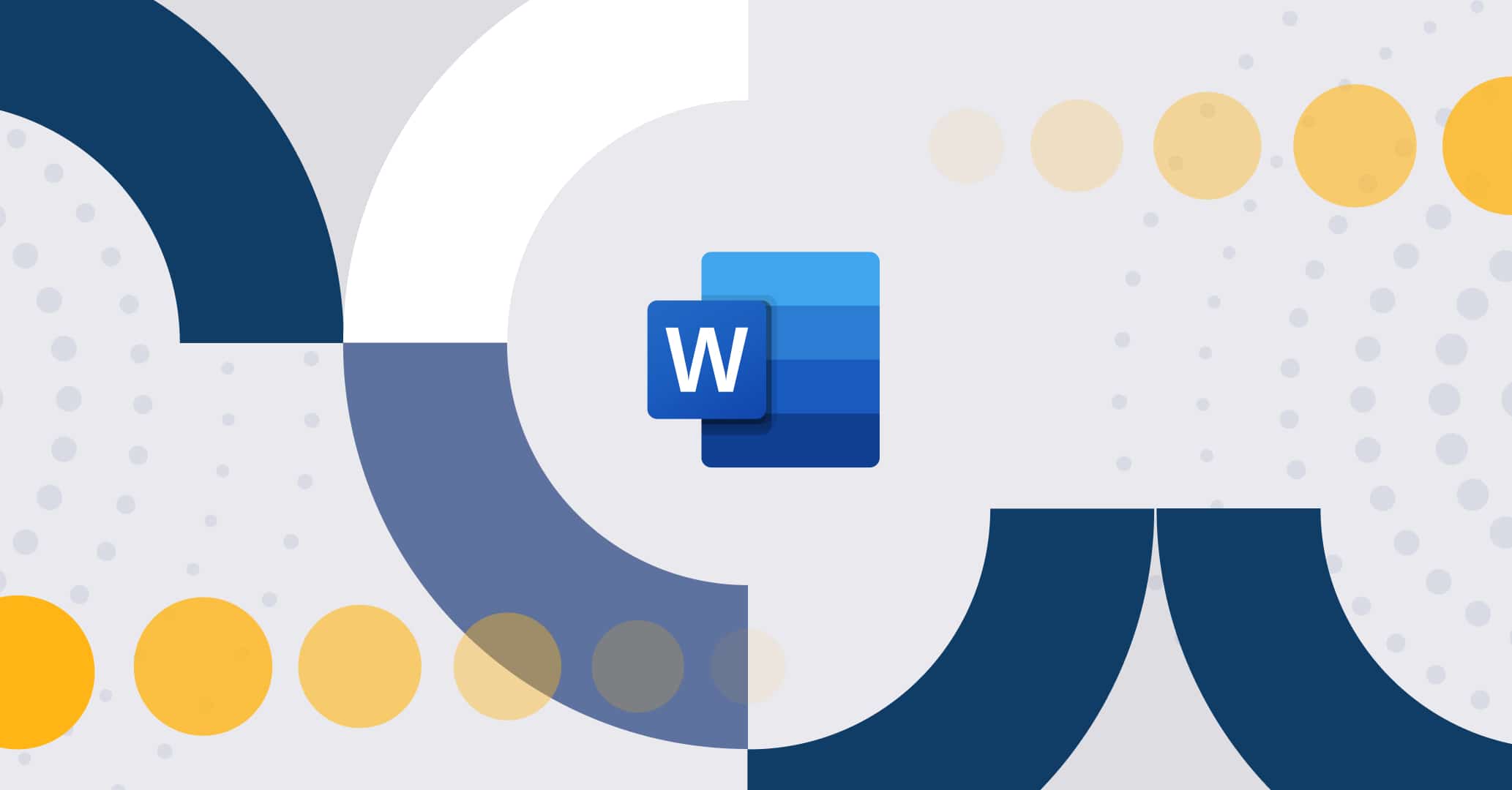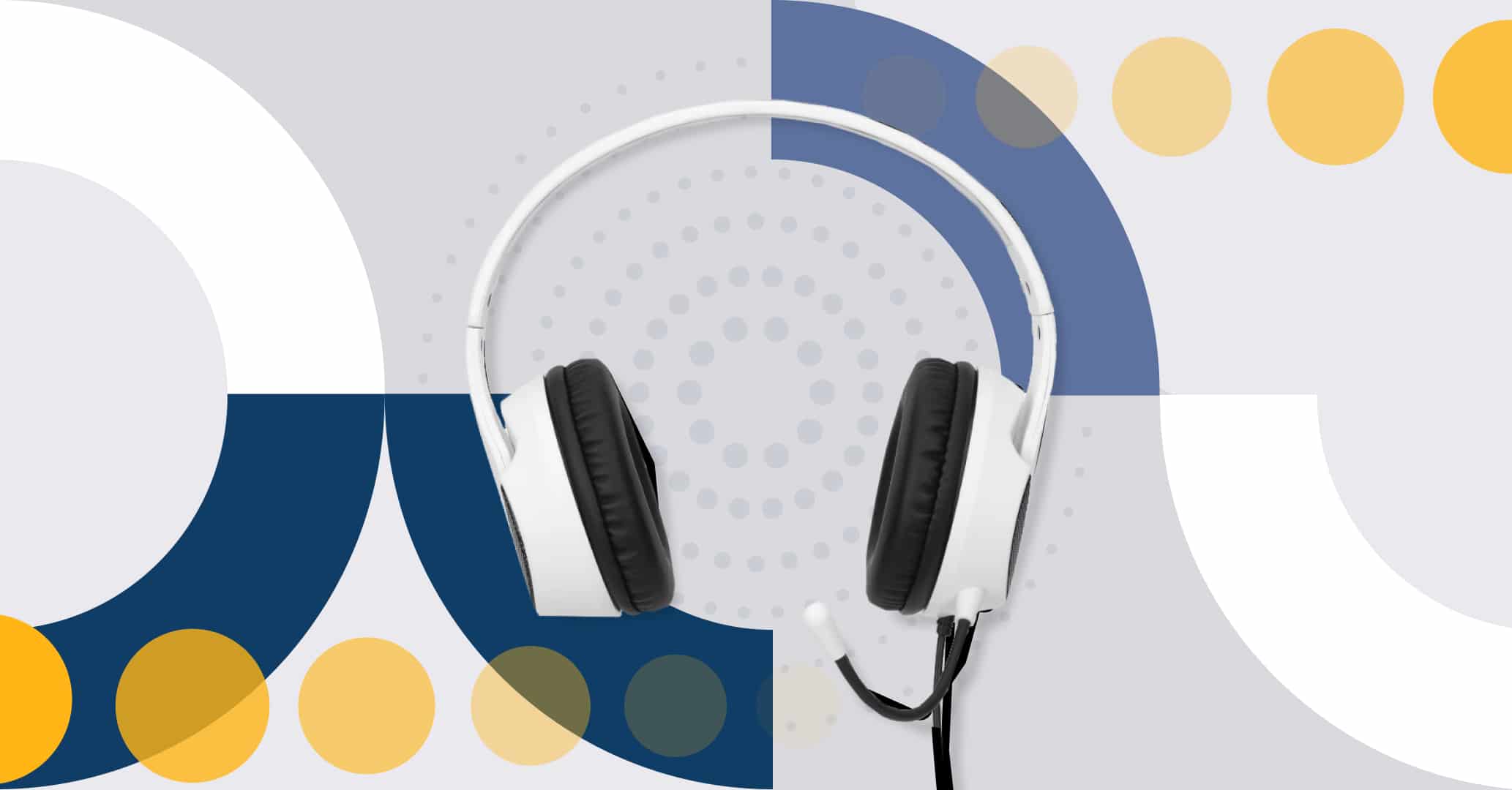Introduction
There are many instances in which an organization needs to automate a process involving one or multiple departments, but the initiation of such a process stems from a request by a user external to the organization. With the arrival of Qflow 5.4, the platform now enables user task response, without the need to create an active account in Qflow.
This functionality expands the possibilities of processes that can be managed with the tool, providing companies with new strategies to enhance their businesses with Qflow.
Let’s dive into the features of Task response for external users.
How to use
With the implementation of Task response for external users, tasks within processes designed in Qflow can be simultaneously assigned to system users and external users. That can be configured easily by accessing the user task details in the process design.
For those users without an active account on the platform, access to the task will be sent via email. The email addresses of external users can be obtained from process data, application parameters, or through defined text.

Once the external user responds to the assigned task, Qflow‘s audit tools, accessible in Qflow Task, make it possible to clearly visualize that the task was answered by a guest, identifying the respondent by their email address.

Use cases
Task Response by External Users is a highly versatile tool, especially useful in various scenarios. Here are some examples:
Human Resources
In personnel selection processes, candidates can be efficiently requested to provide additional information, such as their CV, certifications, or references. This information can be used to assess candidates and make more informed decisions.
Additionally, companies can use this functionality to ask candidates to complete skill assessment questionnaires or provide letters of recommendation. This can help the company evaluate candidates more comprehensively and objectively.
Customer Service
With this new functionality, it’s possible to invite external customers to evaluate services in a simple and integrated manner. This helps companies better understand their customers’ needs and improve their overall experience.
For example, a company can use this functionality to send satisfaction surveys to customers for feedback on their services and/or products. This can help identify areas for improvement and provide quality customer service.
Suppliers
Another potential use scenario is allowing suppliers to participate in processes, such as requesting them to attach their electronic invoices. This can help streamline the billing and payment process and enhance collaboration between involved parties.
Education
A university can use the initiation and response of tasks by external users to automate the process of receiving, evaluating, and awarding scholarships to prospective students.
The initiation could occur when prospective students complete a scholarship application form on the university’s website. Once the form is submitted, a scholarship application process is automatically initiated in Qflow.
During the evaluation process by relevant university staff, the institution can use this new functionality of Task Response by External Users to request additional information or documentation from prospective students, for example.
This usage scenario illustrates how Task Response by External Users can help universities automate and expedite the scholarship application process.
These are just a few examples of the many scenarios where Task Response by External Users can be helpful. Companies can leverage this functionality to automate their processes and enhance the experience for their customers and suppliers.
Conclusion
Task response for external users expands the types of processes that can be implemented with Qflow, providing greater opportunities for growth for your organization and boosting its competitiveness in the market.
Start your free trial today and begin enjoying this and other features included in Qflow 5.4.






